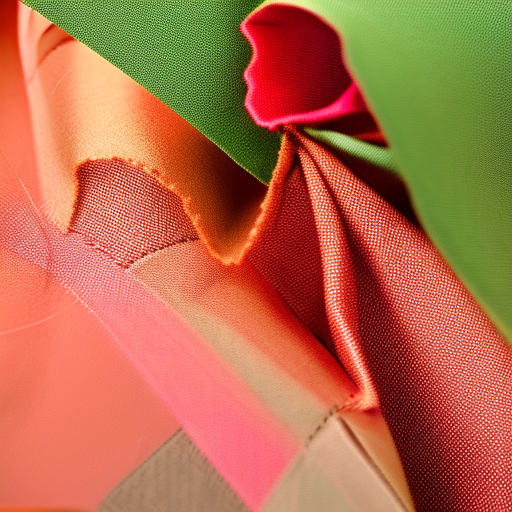
When it comes to sewing clothing, mastering various techniques plays a vital role in creating garments that fit well and look professional. Whether you are a beginner or experienced in sewing, understanding these techniques will elevate your skills and allow you to create beautiful, tailored clothing. Let’s discuss some essential sewing techniques:
1. Taking Accurate Body Measurements
The foundation of sewing well-fitting garments starts with taking precise body measurements. Use a measuring tape and follow a comprehensive guide to accurately measure the bust, waist, hips, and other relevant areas. These measurements will help you choose the correct pattern size and tailor the clothing to suit the individual’s body shape.
2. Choosing the Right Fabric
Selecting the appropriate fabric for your clothing project is crucial. Consider the garment’s purpose, desired drape, and fabric care requirements. Different fabrics, such as cotton, silk, linen, or polyester, have unique characteristics that influence how they sew and wear. Understand the behavior of different fabrics to ensure the final garment meets your expectations.
3. Pattern Reading and Alterations
Learning how to read and understand sewing patterns is fundamental. Take time to familiarize yourself with pattern markings, cutting layouts, and instructions. Additionally, knowing how to make alterations to patterns is invaluable for achieving the perfect fit. Adjusting patterns for various body types or personal preferences will result in well-fitting garments.
4. Seam Finishes
Seam finishes are techniques used to neaten the raw edges of fabric seams inside a garment. Common seam finishing techniques include zigzag stitching, overlocking, French seams, and bias binding. Finishing seams prevents fraying, adds durability, and improves the overall appearance of the garment’s interior.
5. Hemming Techniques
Hemming is the process of finishing the bottom edge of a garment or sleeves. There are several hemming techniques, including machine stitching, blind hemming, rolled hems, and hand stitching. Mastering these techniques ensures professional-looking hems that contribute to the overall polished appearance of the clothing.

6. Creating Darts and Pleats
Darts and pleats are essential techniques for shaping fabric to fit the contours of the body. Darts are tapered folds stitched to shape the fabric, especially around the bust, waist, and hips. Pleats involve folding and securing fabric to create fullness or a decorative effect. Understanding how darts and pleats work will significantly enhance your sewing abilities.
7. Adding Zippers, Buttons, and Snaps
Fastening elements like zippers, buttons, and snaps add both functionality and aesthetic appeal to garments. Inserting zippers requires precision and patience, while adding buttons and snaps involves careful stitching and creating suitable buttonholes. These finishing touches elevate the final product and showcase your attention to detail.
8. Finishing and Pressing
The finishing touches are crucial for achieving professional-looking clothing. After completing a garment, take the time to press it with an iron, following the fabric’s care instructions. Pressing helps shape the garment, improves its overall appearance, and sets stitches. Give attention to detail to create garments that look impeccable.
By mastering these fundamental sewing techniques, you’ll gain the confidence and skill set needed to create perfectly fitted clothing with high-quality finishes. As you continue to explore and experiment, your sewing abilities will undoubtedly flourish, allowing you to embark on more complex and exciting projects.




